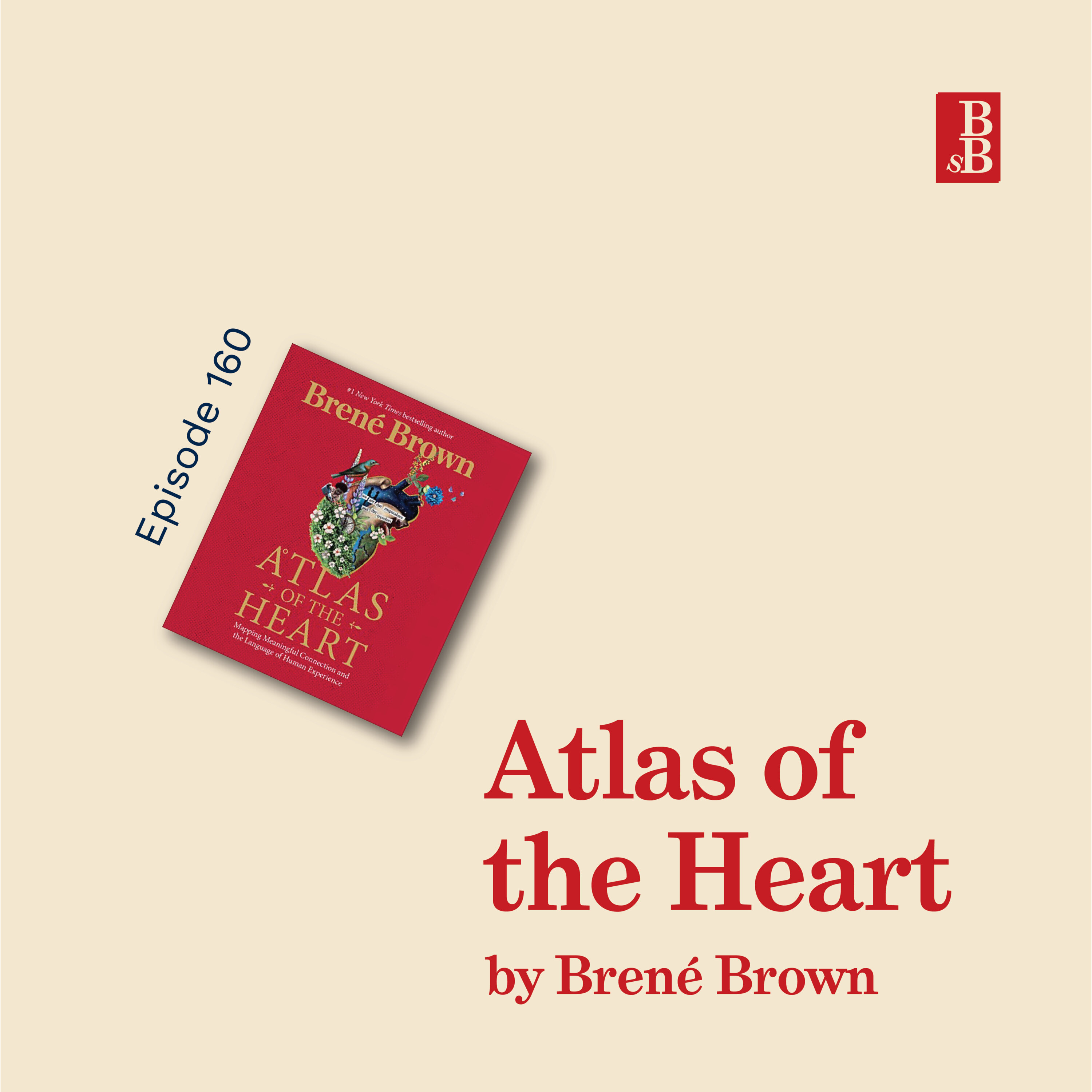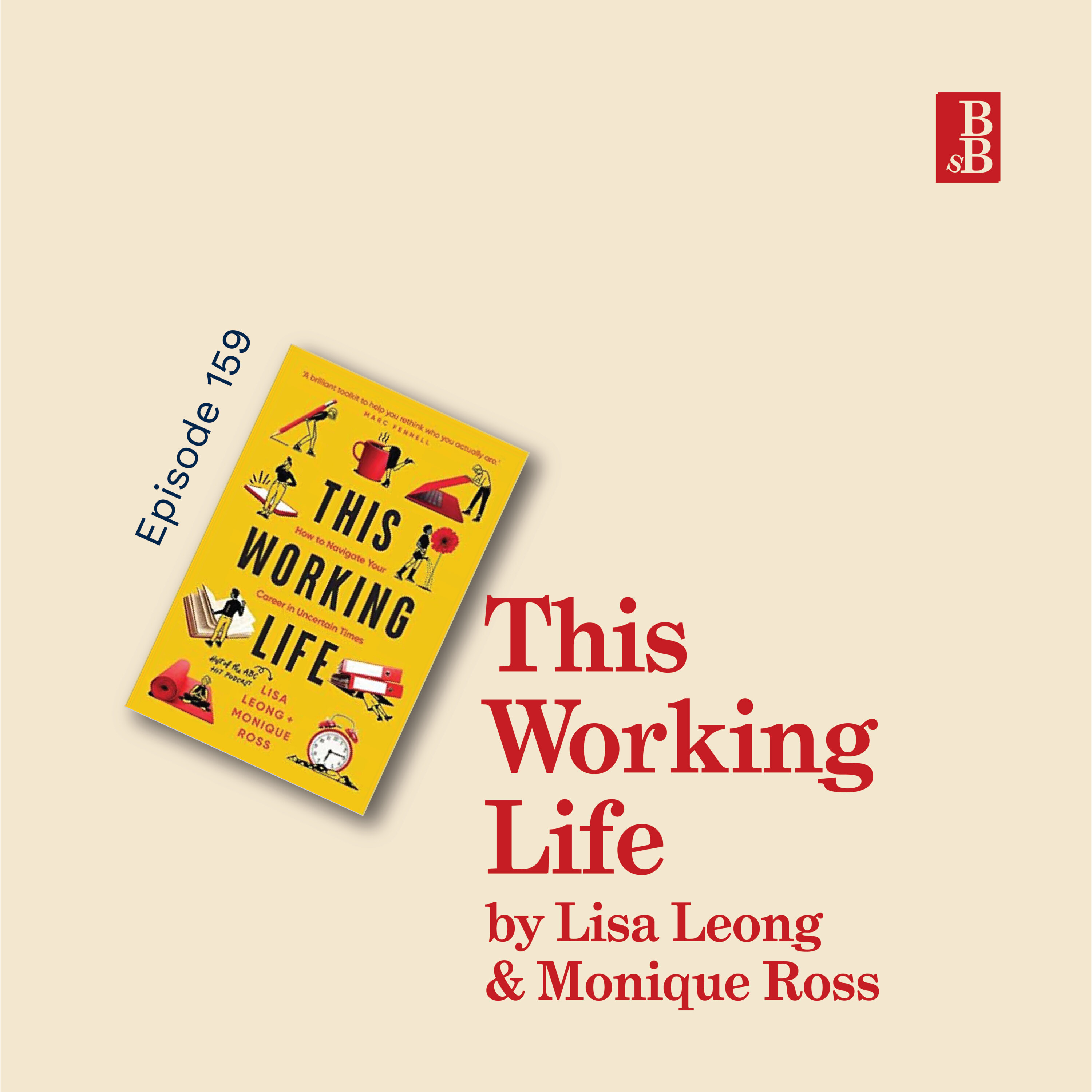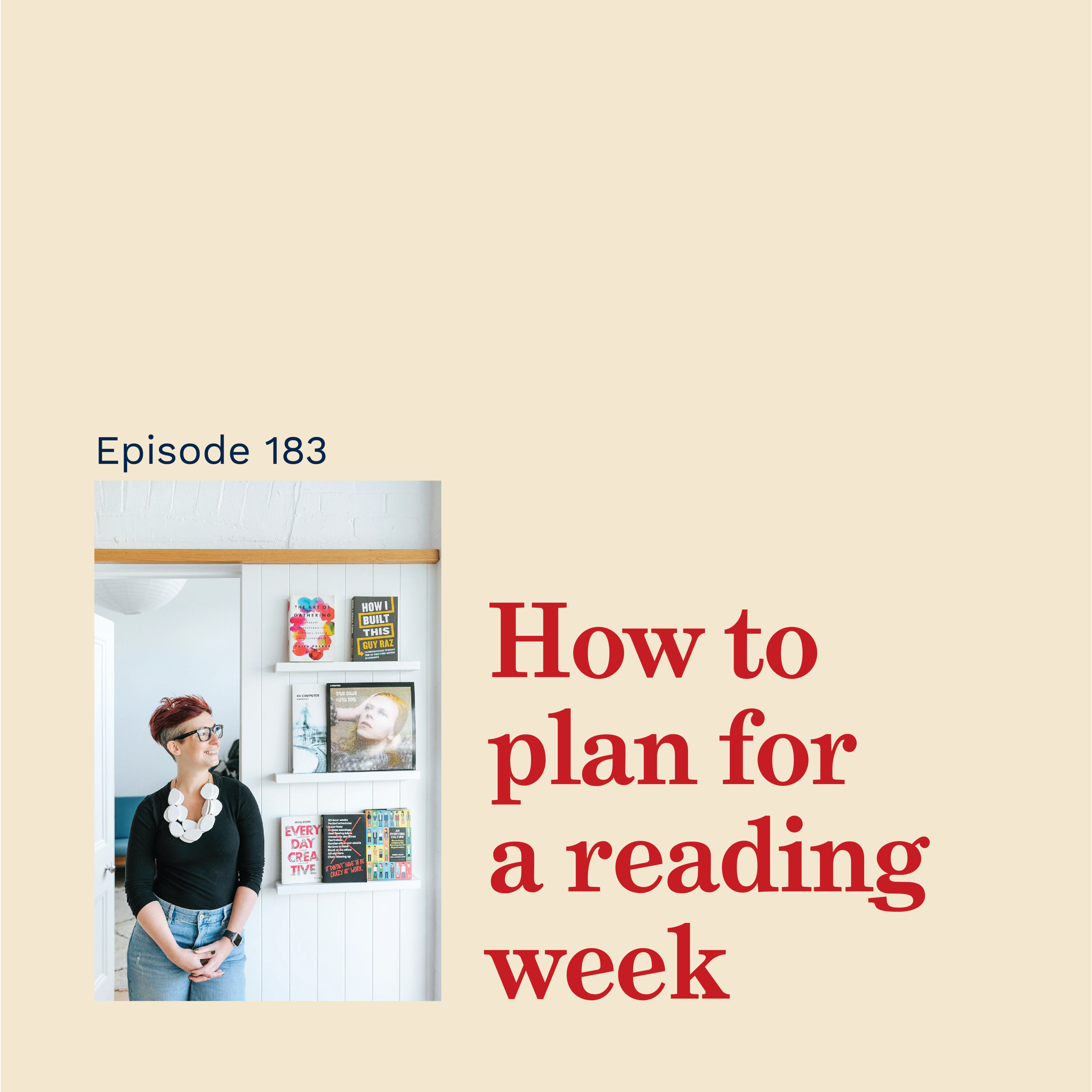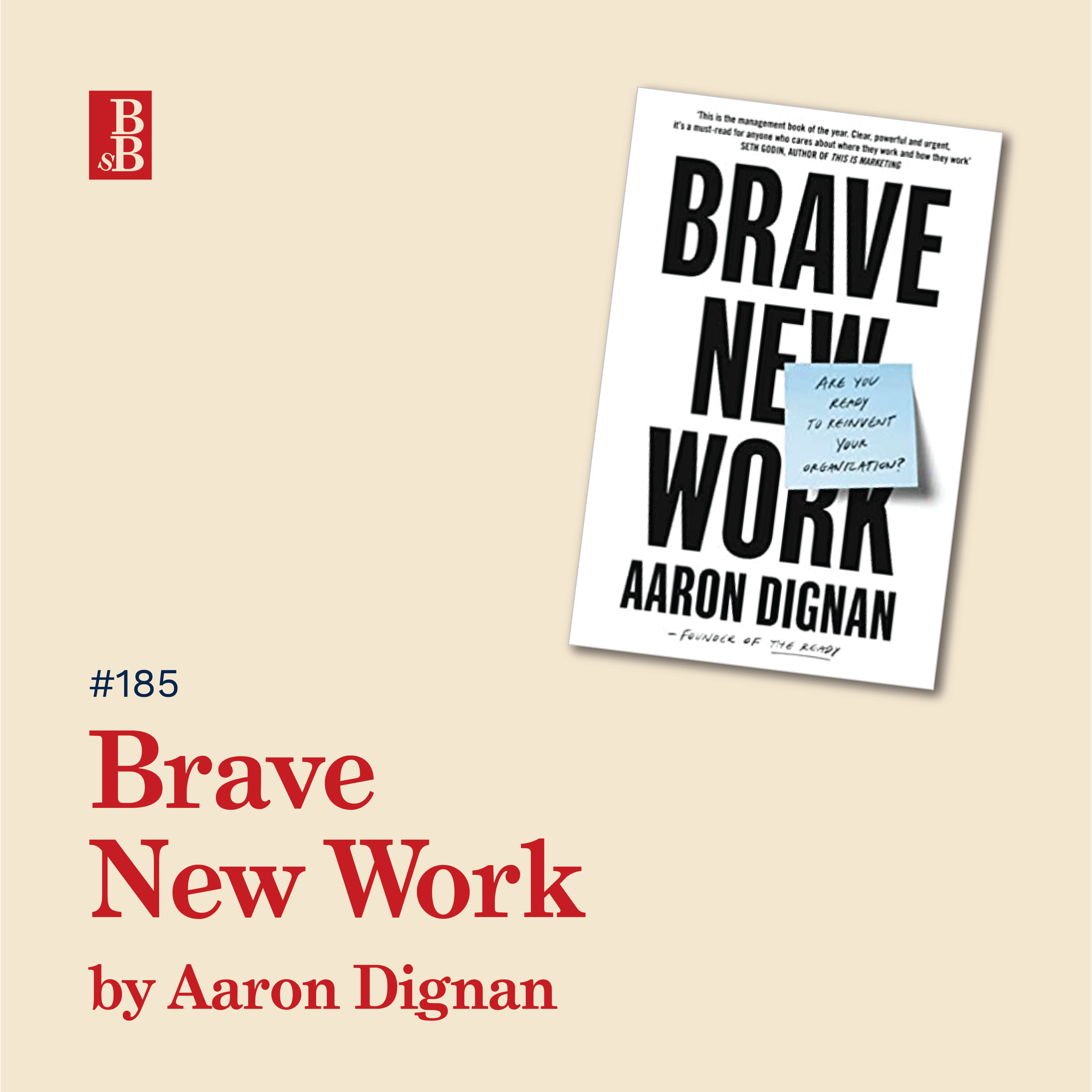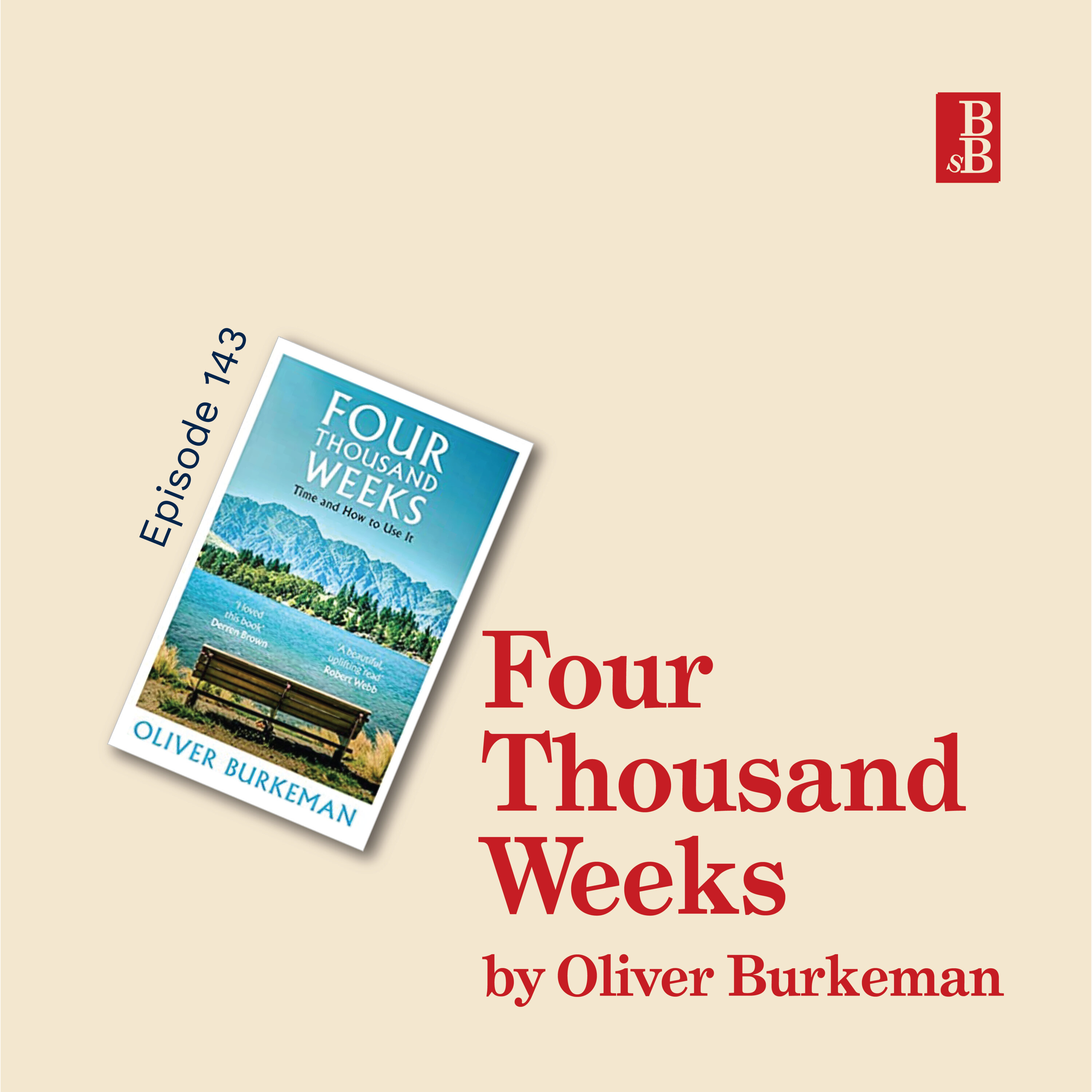I'm Not a Numbers Person by Dr Selena Fisk: why it's not just about the money (honey)
Hey, have you subscribed to the bookmark newsletter? If you liked this, you might like my twice-monthly email with book reviews and ideas of what you should be reading, and listening to, next. Click here to subscribe.
About the book
A practical and fascinating guide from leading data expert Dr Selena Fisk that teaches us how to make informed decisions using the numbers around us so we can work smarter and live better.
Data is everywhere. Smart watches track our steps and heart rate, social media platforms recommend people we might know and products we might like, and map applications suggest when we should leave home depending on the traffic.
From organising your home budget and understanding social media metrics, to running a side hustle or a multi-national, multi-million-dollar organisation, having the mindset ‘but I’m not a numbers person’ is no longer helpful or accurate.
I’m Not A Numbers Person takes us through the ‘why’ of data, the types of data we often see and use in life and work, and the key areas of data literacy, which is understanding the data and what it all means, and data visualisation, which is where we make the data look beautiful in tables, graphs or other visuals.
Whether you’re a solopreneur, a small business owner, an emerging leader, or in an executive leadership role, this book is a must-have guide to understanding data and making decisions in the 21st century.
Source: https://majorstreet.com.au/products/im-not-a-numbers-person-by-dr-selena-fisk
About the author
Selena is a data storyteller who is passionate about helping others sort through the numbers to tell the real stories and lead positive change. She fiercely advocates for a world in which we are all data-informed, not data-driven; yet she realises that this isn’t a skill set we all have or are confident in.
As a data coach and storyteller, Selena is as enthusiastic about building data storytelling skills in others as she is about building her own understanding of the evolving ways data can support individuals, organisations and communities to flourish and thrive. For her, using data in a way that benefits others is the only way to use it. Almost nothing will accelerate the impact we can have as humans like being able to see trends in the numbers, and using this information alongside our understanding of context to inform our decisions.
Source: https://www.selenafisk.com/about
Big idea #1 — It’s not just the dollars
When I first picked up this book, I assumed it was going to be a lot more about the financial side of businesses/work. However, on page one that assumption was dispelled. Of course, financials get a mention, but it goes way beyond that. The data literacy that Selena is talking about is the stuff that is all around us.
Everything from the dollars to the SEO stats and your website, your Google analytics, your podcast listeners, staff turnover, clicks on a job ad you posted, and a myriad of other stuff. In short data is everywhere. We’re dripping in it. And we’re not very good at always using it or making the most of it.
Early in the book, Selena looks at the levels of data use versus impact. This gives us the six types of data users that might exist in the world.
- Unconscious: have no idea of the data around us, how it’s gathered or used.
- Conscious: they might have quite a bit of fear, have heard horror stories about data breaches and they’re pretty suspicious.
- Casual: they have some awareness but can’t articulate, explore or interrogate data.
- Aware: starting to develop an understanding and is able to interrogate and interpret data in different ways.
- Active: using data insights to inform what they’re doing.
- Reflective: they’re refining and adjusting regularly to interpret data in the context of the wider environment and make decisions.
Ultimately, we want our decisions to be data informed, not data-driven. Data informed decisions, consider the world in the context, rather than just blindly following the numbers. To do this means you need to make data your friend.
Whether you’re running your own business or working somewhere, this is equally as important. If you’re working in an organisation, you absolutely need to understand the data uses and impacts of your own work/your team’s work, and be able to articulate and challenge that. Especially as you get more senior, as this is already areal expectation of leaders in all departments.
Big idea #2 — Make a plan
One of the main ideas in this book is about having structured plan and approach for your data. You can do this as a team to uplift the literacy for everyone.
Selena suggests making a table of all the data you have access to, or you have available to you in your organization. With this you can consider which data informs your work, ranking them into order of importance, noting the relevance for each bit, and using these to improve your literacy.
You might consider how are those numbers or those bits of data are calculated or gathered; what’s their origin, what drives them going up/down/sideways, what is good or bad?
This plan can then help you better create, measure, communicate, analyse, and understand the available data, and maybe help you work out where extra data would be helpful.
Big idea #3 — Get trendy
One of the most important elements of effective data use is data storytelling. Communicating data to have an impact and for it to help you decide what to do next.
To do all of this, you need to find the trends. There’s not one way to find trends in a set of data, but Selena has five key principles that overlay on whatever data you’re looking at.
- Recognise unique lenses: bring other people in to look at the data as they may interpret things differently.
- Use multiple data sets: the answer rarely sits in one place and we need to be practicing triangulation of multiple data points to add colour, context , and reliability to make sure it all makes sense when you put it all together.
- Zoom in and out: look at averages, but then zoom into the detail because that might tell you a different story that an average might not, because it oversimplifies.
- Cut white noise: filter data and use your data plan in order to decide what data you actually don’t need to look at for the particular piece of work, analysis, or data storytelling that you are doing.
- Minimise errors in thinking: make sure that you’re not getting sucked into different biases when you’re looking at the data. If you really want the answer to be one thing, are you going to see that preferred answer whatever the data says? Look at data with other to help avoid this.
Once you’ve done all of this, and you’ve decided if you’re exploring or explaining with your data analysis, you can work through the data and see the story it’s telling you. And then obviously go forth and tell that story to others.
Let’s connect
LinkedIn
Instagram
Support my book habit: https://www.buymeacoffee.com/stephsbookshelf
See omnystudio.com/listener for privacy information.
Hey, have you subscribed to the bookmark newsletter? If you liked this, you might like my twice-monthly email with book reviews and ideas of what you should be reading, and listening to, next. Click here to subscribe.













